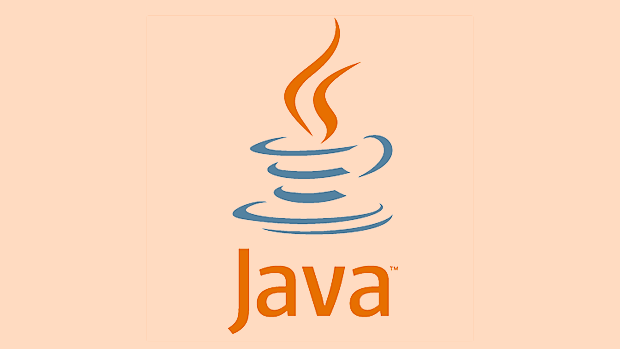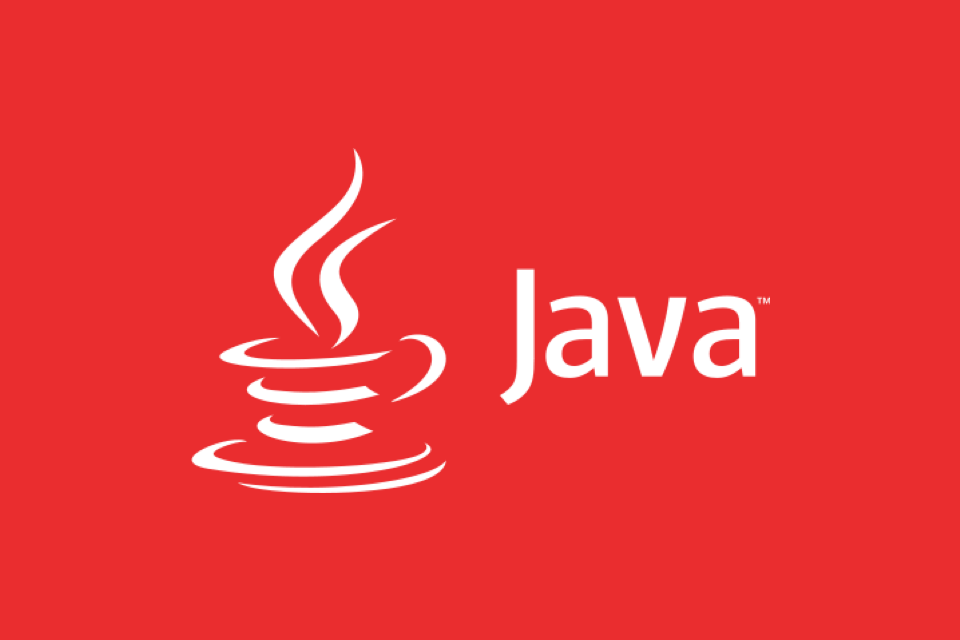Clean Code Principles Applied to Java Development
Use meaningful naming: variables such as int daysSinceModification; methods such as getUserRolesByUsername() to make the code intention clear; 2. Functions should be small and do only one thing: for example, createUser() is split into single responsibility methods such as validateRequest() and mapToUser(); 3. Reduce comments and write self-interpretation code: Use userHasPrivilegedAccess() instead of redundant comments; 4. Handle errors elegantly: do not ignore exceptions, use try-with-resources to automatically manage resources; 5. Follow the "Boy Scout Rules": optimize variable names, extract duplicate logic, delete useless codes, and continuously improve code quality.

Writing clean code isn't just about making your Java code work — it's about making it readable, maintainable, and scalable so that other developers (or future you) can understand it quickly and extend it confidently. Here's how core Clean Code principles translate directly into practical Java development:

1. Meaningful Names (Variables, Methods, Classes)
In Java, a poorly named variable like int d; or List a; forces others to guess what it does. Instead:
- Use intention-revealing names:
int daysSinceModification;,List<user> activeUsers;</user> - Avoid generic names like
data,manager, orprocessorunless the context is crystal clear. - Method names should read like verbs:
calculateTotal(),validateEmail(), notdoStuff()orprocessInput().
? Example :
Instead of:

public List<String> get(String s) { ... }Do:
public List<String> getUserRolesByUsername(String username) { ... }2. Functions Should Be Small and Do One Thing
A Java method should ideally fit on one screen and have a single responsibility. If you see multiple levels of abstraction (eg, reading from DB formatting response logging), extract methods .

✅ Good:
public User createUser(CreateUserRequest request) {
validateRequest(request);
User user = mapToUser(request);
return userRepository.save(user);
} Each helper method ( validateRequest , mapToUser ) does one clear thing — and the main method reads like a story.
3. Minimize Comments — Write Self-Documenting Code
Comments often lie or become outdated. In Java, prefer expressive code over explanation comments:
- Replace
// Check if user is activewithif (user.isActive()) - Use private methods to clarify logic instead of inline comments.
? Avoid:
// If user role is admin or manager, allow access
if ("ADMIN".equals(role) || "MANAGER".equals(role)) { ... }✅ Better:
if (userHasPrivilegedAccess(role)) { ... }
private boolean userHasPrivilegedAccess(String role) {
return "ADMIN".equals(role) || "MANAGER".equals(role);
}4. Handle Errors Gracefully — Don't Ignore Exceptions
Java's checked exceptions force you to think about error handling — use that to your advantage:
- Never do
catch (Exception e) {}— silent failures are bugs waiting to happen. - Throw meaningful custom exceptions when needed:
throw new UserNotFoundException("User with ID " userId " not found"); - Use try-with-resources for automatic cleanup:
try (FileInputStream fis = new FileInputStream(file)) { // auto-closed }
5. Follow the Boy Scout Rule: Leave the Code Better Than You Found It
Every time you touch Java code — whether fixing a bug or adding a feature — improve its clarity:
- Rename confusing variables
- Extract duplicated logic into reusable methods
- Remove unused imports or dead code (
// TODO:that's 3 years old?)
This isn't just hygiene — it prevents technical debt from snowballing.
Bottom line : Clean Java code feels obvious. It doesn't surprise you. It respects time — yours and others'. These principles aren't theoretical — they're daily habits that make your team faster and your systems more robust. Start small: next time you write a method, ask: "Would another dev understand this in 6 months?" If not, reflector.
That's how clean code becomes culture — not just code.
The above is the detailed content of Clean Code Principles Applied to Java Development. For more information, please follow other related articles on the PHP Chinese website!

Hot AI Tools

Undress AI Tool
Undress images for free

Undresser.AI Undress
AI-powered app for creating realistic nude photos

AI Clothes Remover
Online AI tool for removing clothes from photos.

Clothoff.io
AI clothes remover

Video Face Swap
Swap faces in any video effortlessly with our completely free AI face swap tool!

Hot Article

Hot Tools

Notepad++7.3.1
Easy-to-use and free code editor

SublimeText3 Chinese version
Chinese version, very easy to use

Zend Studio 13.0.1
Powerful PHP integrated development environment

Dreamweaver CS6
Visual web development tools

SublimeText3 Mac version
God-level code editing software (SublimeText3)

Hot Topics
 Building RESTful APIs in Java with Jakarta EE
Jul 30, 2025 am 03:05 AM
Building RESTful APIs in Java with Jakarta EE
Jul 30, 2025 am 03:05 AM
SetupaMaven/GradleprojectwithJAX-RSdependencieslikeJersey;2.CreateaRESTresourceusingannotationssuchas@Pathand@GET;3.ConfiguretheapplicationviaApplicationsubclassorweb.xml;4.AddJacksonforJSONbindingbyincludingjersey-media-json-jackson;5.DeploytoaJakar
 css dark mode toggle example
Jul 30, 2025 am 05:28 AM
css dark mode toggle example
Jul 30, 2025 am 05:28 AM
First, use JavaScript to obtain the user system preferences and locally stored theme settings, and initialize the page theme; 1. The HTML structure contains a button to trigger topic switching; 2. CSS uses: root to define bright theme variables, .dark-mode class defines dark theme variables, and applies these variables through var(); 3. JavaScript detects prefers-color-scheme and reads localStorage to determine the initial theme; 4. Switch the dark-mode class on the html element when clicking the button, and saves the current state to localStorage; 5. All color changes are accompanied by 0.3 seconds transition animation to enhance the user
 python parse date string example
Jul 30, 2025 am 03:32 AM
python parse date string example
Jul 30, 2025 am 03:32 AM
Use datetime.strptime() to convert date strings into datetime object. 1. Basic usage: parse "2023-10-05" as datetime object through "%Y-%m-%d"; 2. Supports multiple formats such as "%m/%d/%Y" to parse American dates, "%d/%m/%Y" to parse British dates, "%b%d,%Y%I:%M%p" to parse time with AM/PM; 3. Use dateutil.parser.parse() to automatically infer unknown formats; 4. Use .d
 VSCode settings.json location
Aug 01, 2025 am 06:12 AM
VSCode settings.json location
Aug 01, 2025 am 06:12 AM
The settings.json file is located in the user-level or workspace-level path and is used to customize VSCode settings. 1. User-level path: Windows is C:\Users\\AppData\Roaming\Code\User\settings.json, macOS is /Users//Library/ApplicationSupport/Code/User/settings.json, Linux is /home//.config/Code/User/settings.json; 2. Workspace-level path: .vscode/settings in the project root directory
 css dropdown menu example
Jul 30, 2025 am 05:36 AM
css dropdown menu example
Jul 30, 2025 am 05:36 AM
Yes, a common CSS drop-down menu can be implemented through pure HTML and CSS without JavaScript. 1. Use nested ul and li to build a menu structure; 2. Use the:hover pseudo-class to control the display and hiding of pull-down content; 3. Set position:relative for parent li, and the submenu is positioned using position:absolute; 4. The submenu defaults to display:none, which becomes display:block when hovered; 5. Multi-level pull-down can be achieved through nesting, combined with transition, and add fade-in animations, and adapted to mobile terminals with media queries. The entire solution is simple and does not require JavaScript support, which is suitable for large
 css full page layout example
Jul 30, 2025 am 05:39 AM
css full page layout example
Jul 30, 2025 am 05:39 AM
Full screen layout can be achieved using Flexbox or Grid. The core is to make the minimum height of the page the viewport height (min-height:100vh); 2. Use flex:1 or grid-template-rows:auto1frauto to make the content area occupy the remaining space; 3. Set box-sizing:border-box to ensure that the margin does not exceed the container; 4. Optimize the mobile experience with responsive media query; this solution is compatible with good structure and is suitable for login pages, dashboards and other scenarios, and finally realizes a full screen page layout with vertical centering and full viewport.
 Full-Stack Web Development with Java, Spring Boot, and React
Jul 31, 2025 am 03:33 AM
Full-Stack Web Development with Java, Spring Boot, and React
Jul 31, 2025 am 03:33 AM
Selecting the Java SpringBoot React technology stack can build stable and efficient full-stack web applications, suitable for small and medium-sized to large enterprise-level systems. 2. The backend uses SpringBoot to quickly build RESTfulAPI. The core components include SpringWeb, SpringDataJPA, SpringSecurity, Lombok and Swagger. The front-end separation is achieved through @RestController returning JSON data. 3. The front-end uses React (in conjunction with Vite or CreateReactApp) to develop a responsive interface, uses Axios to call the back-end API, and ReactRouter
 Java Performance Optimization and Profiling Techniques
Jul 31, 2025 am 03:58 AM
Java Performance Optimization and Profiling Techniques
Jul 31, 2025 am 03:58 AM
Use performance analysis tools to locate bottlenecks, use VisualVM or JProfiler in the development and testing stage, and give priority to Async-Profiler in the production environment; 2. Reduce object creation, reuse objects, use StringBuilder to replace string splicing, and select appropriate GC strategies; 3. Optimize collection usage, select and preset initial capacity according to the scene; 4. Optimize concurrency, use concurrent collections, reduce lock granularity, and set thread pool reasonably; 5. Tune JVM parameters, set reasonable heap size and low-latency garbage collector and enable GC logs; 6. Avoid reflection at the code level, replace wrapper classes with basic types, delay initialization, and use final and static; 7. Continuous performance testing and monitoring, combined with JMH







